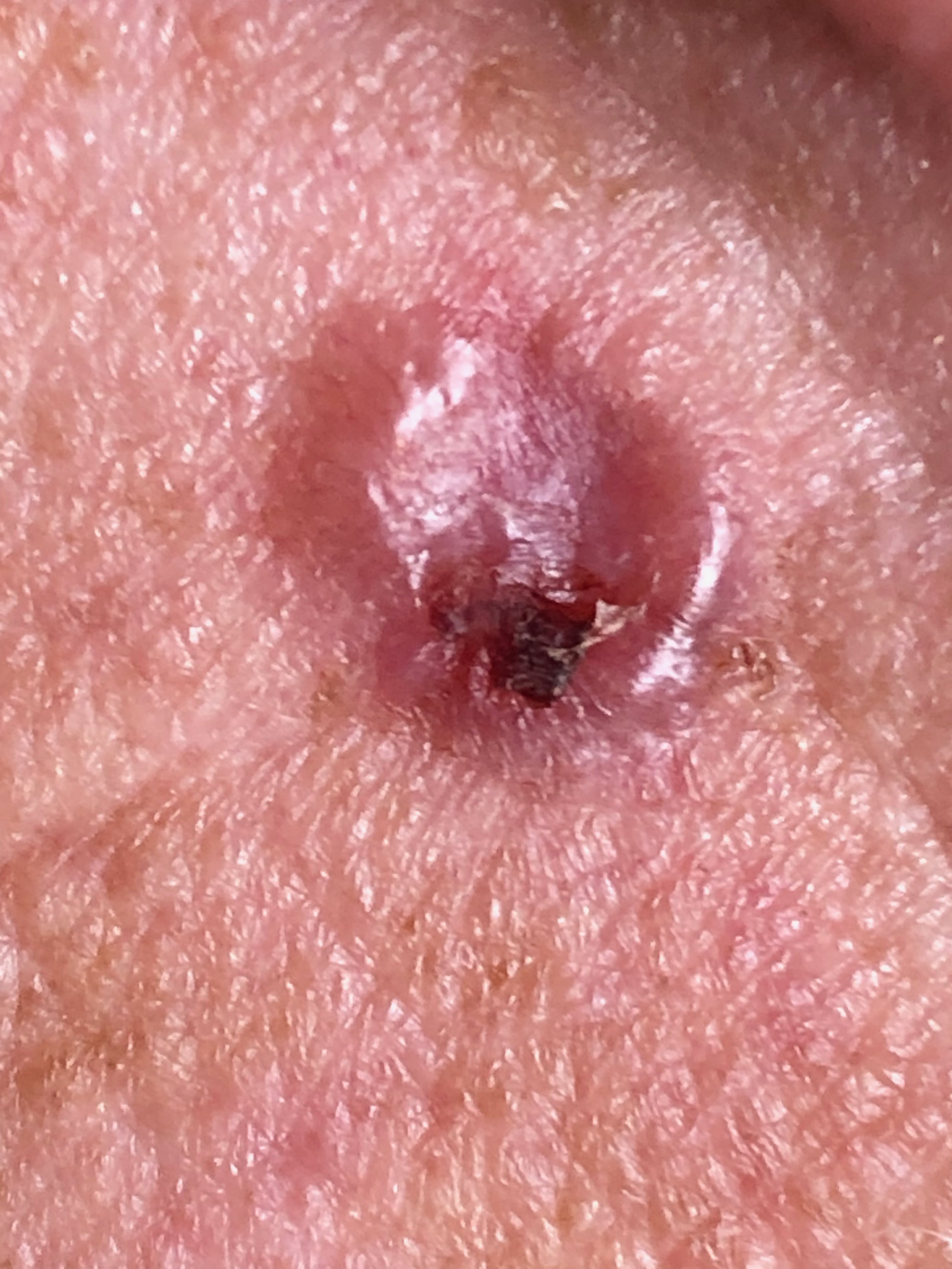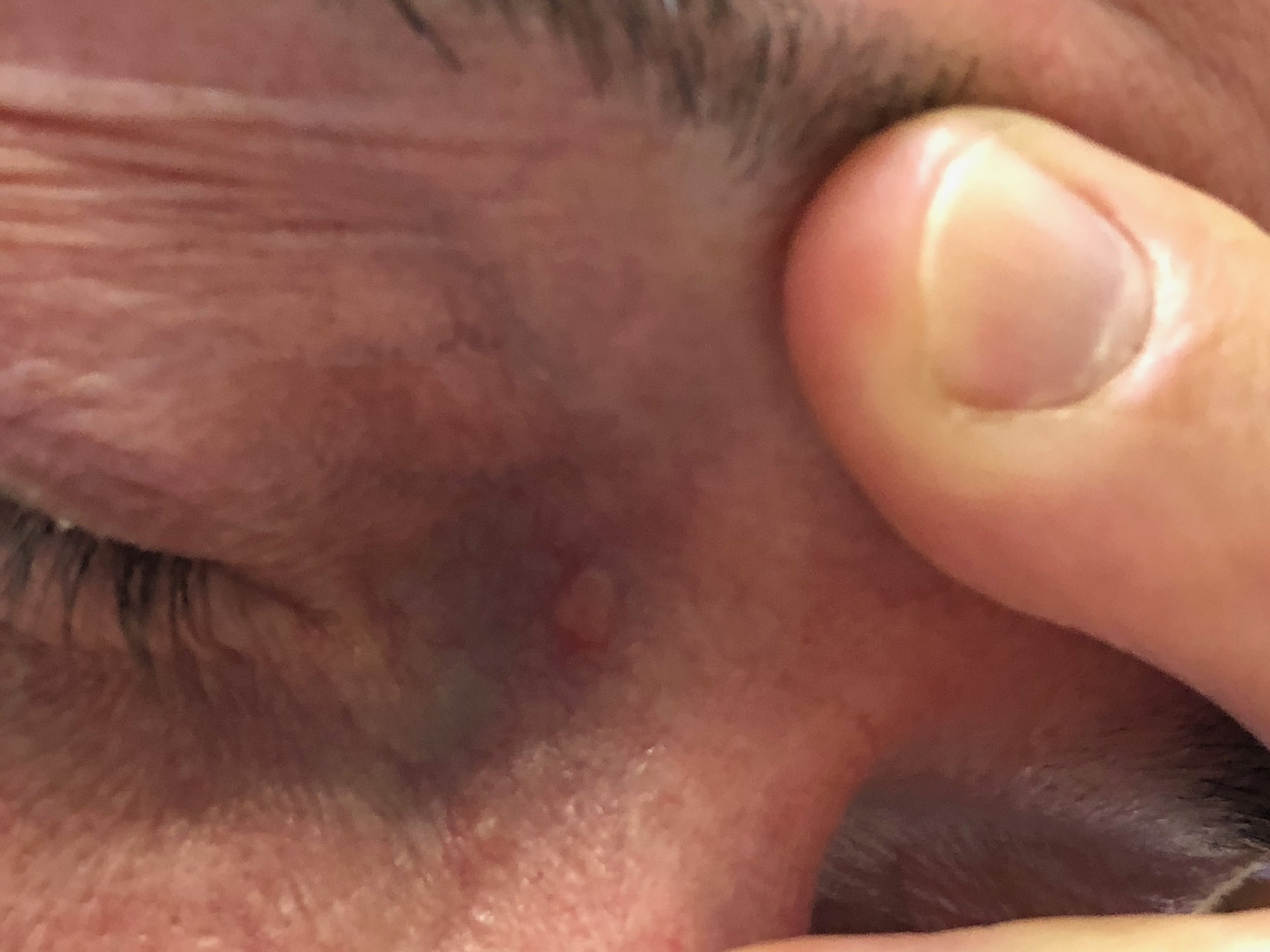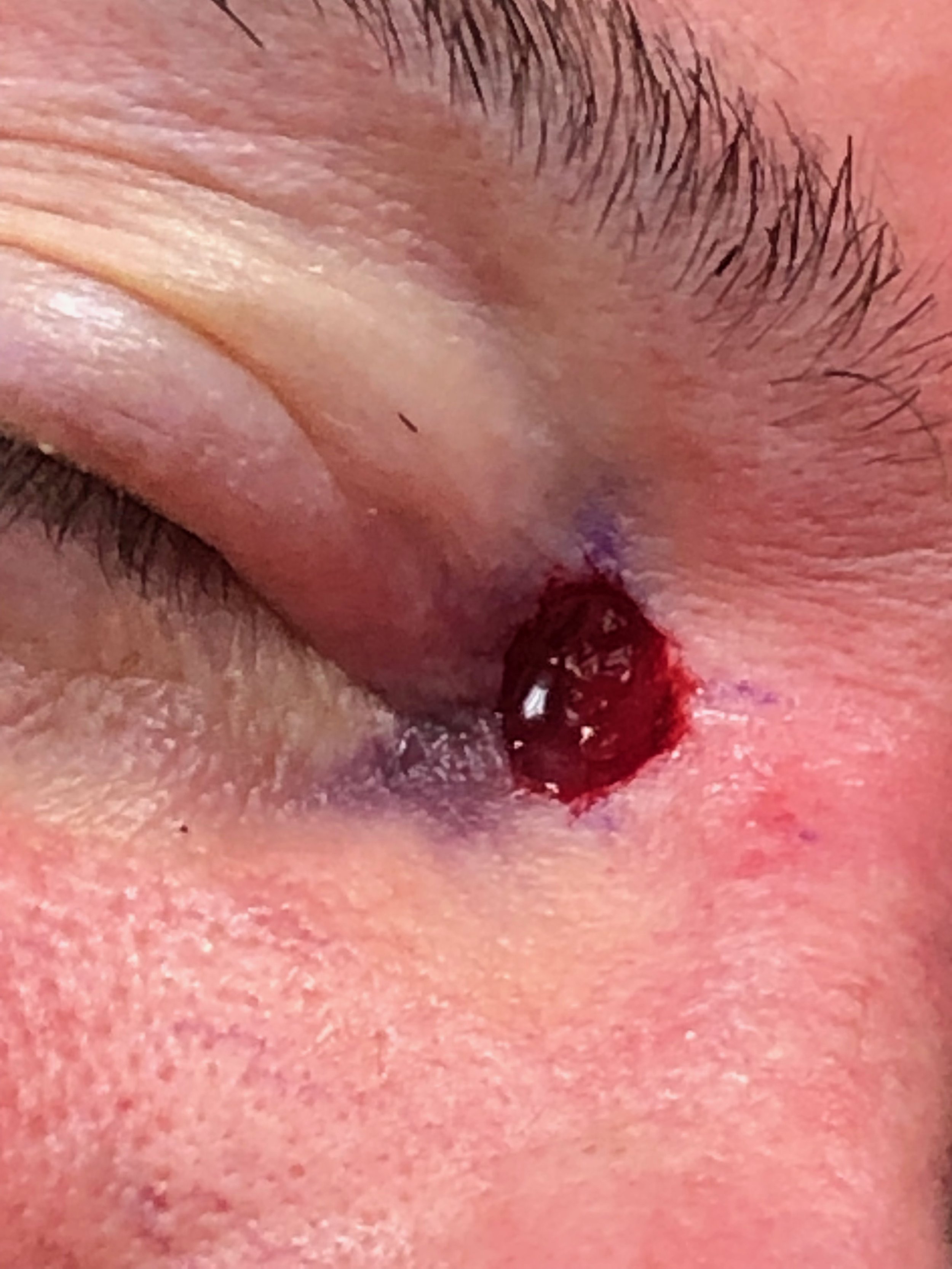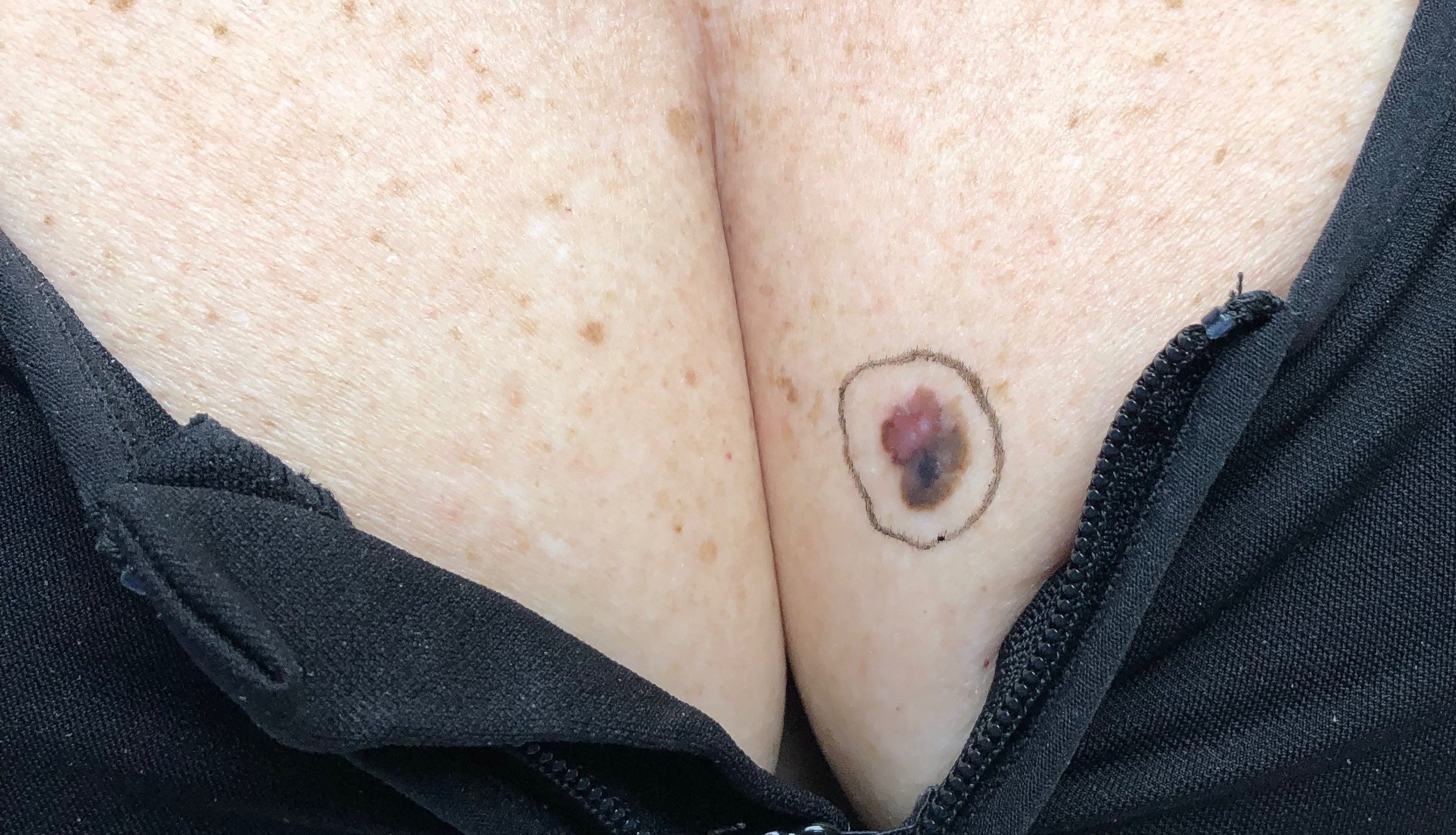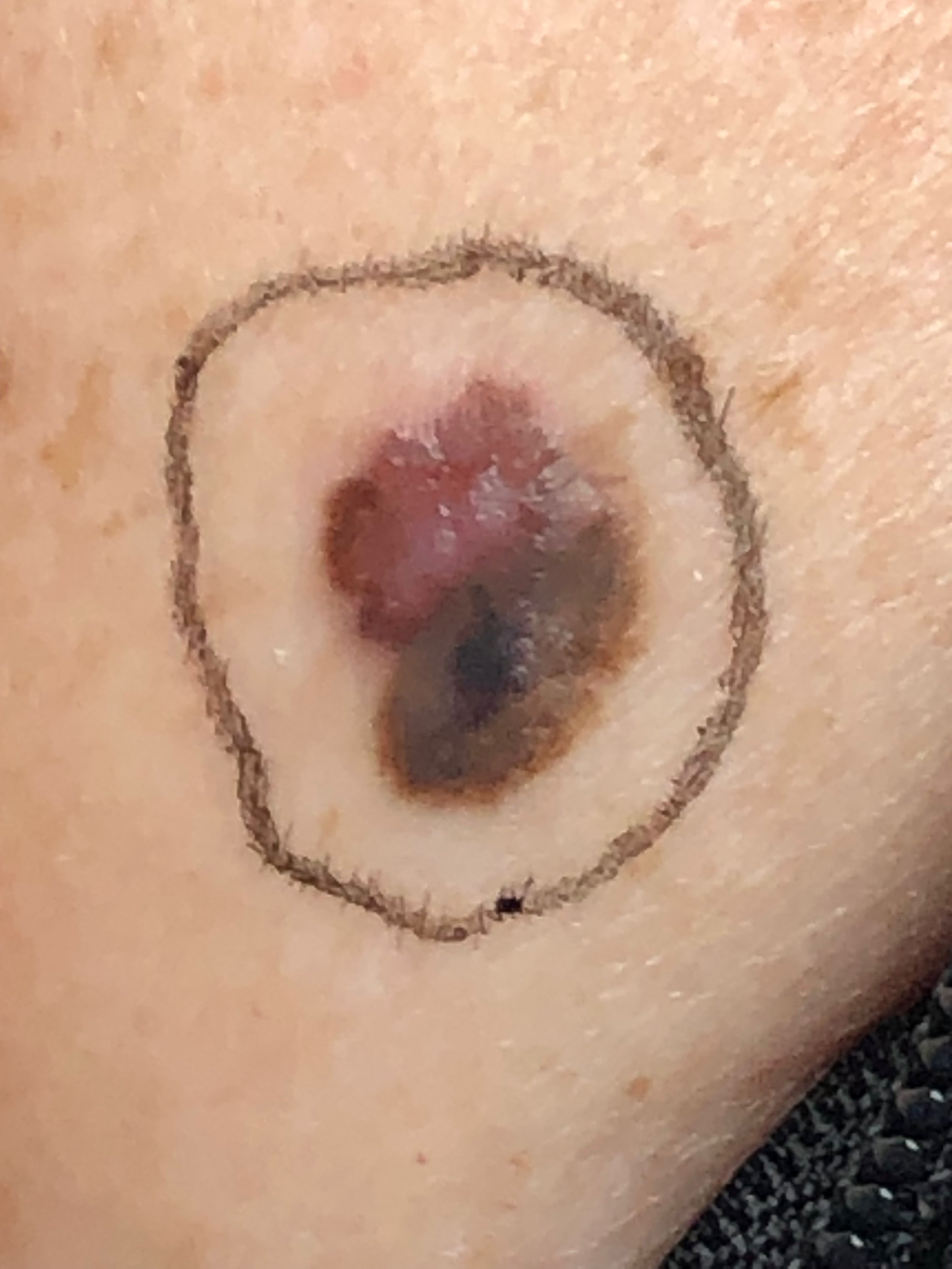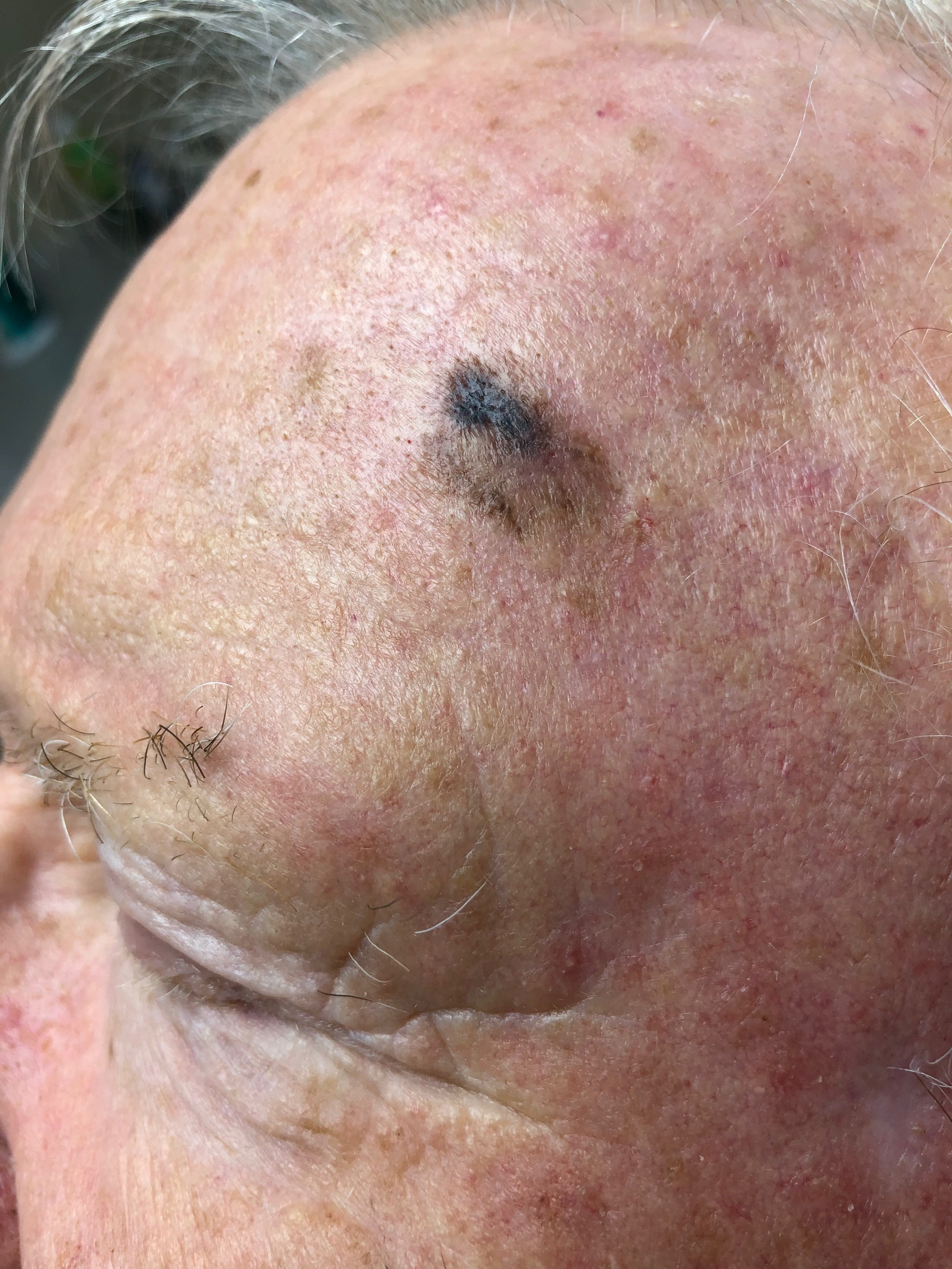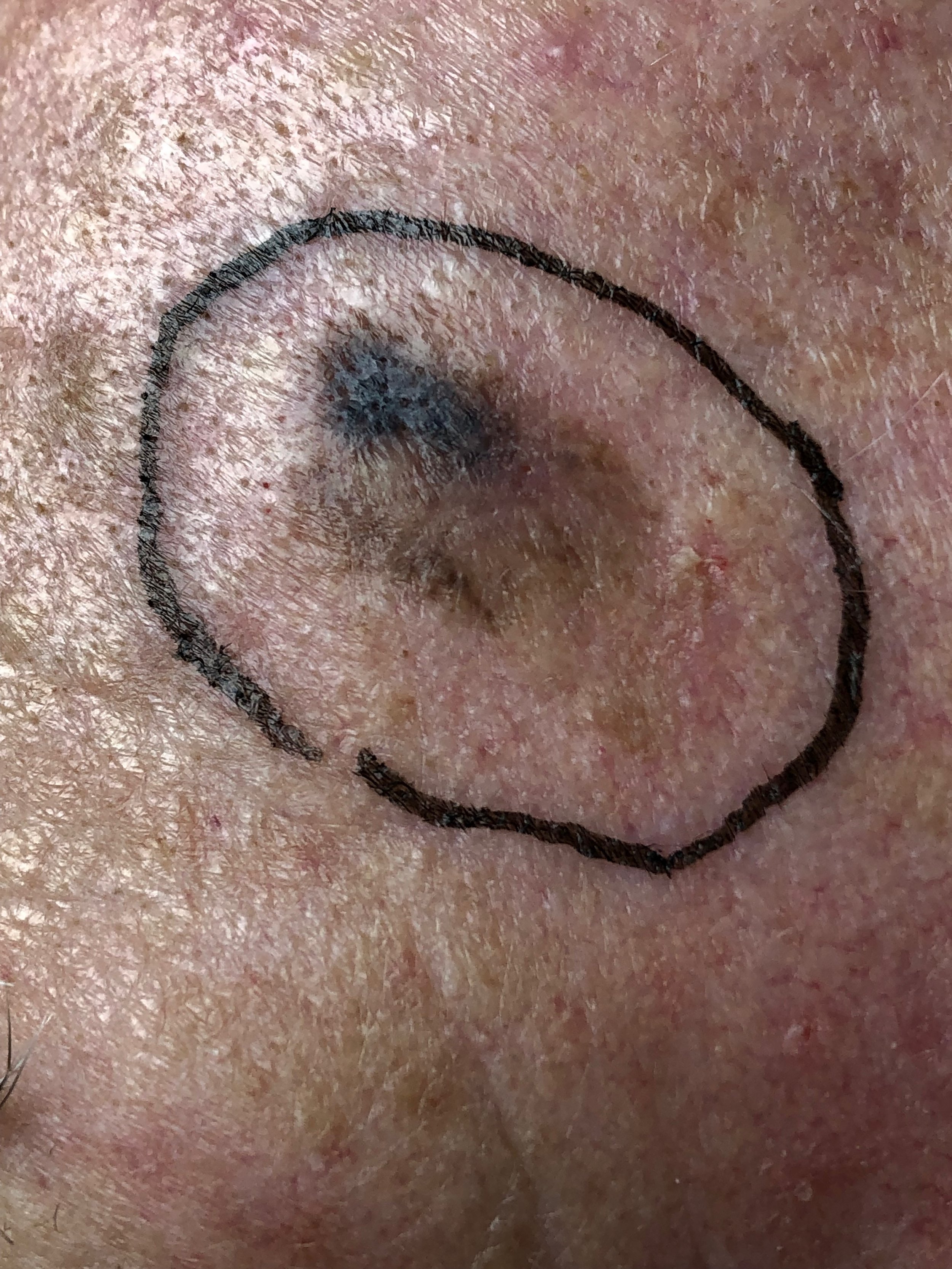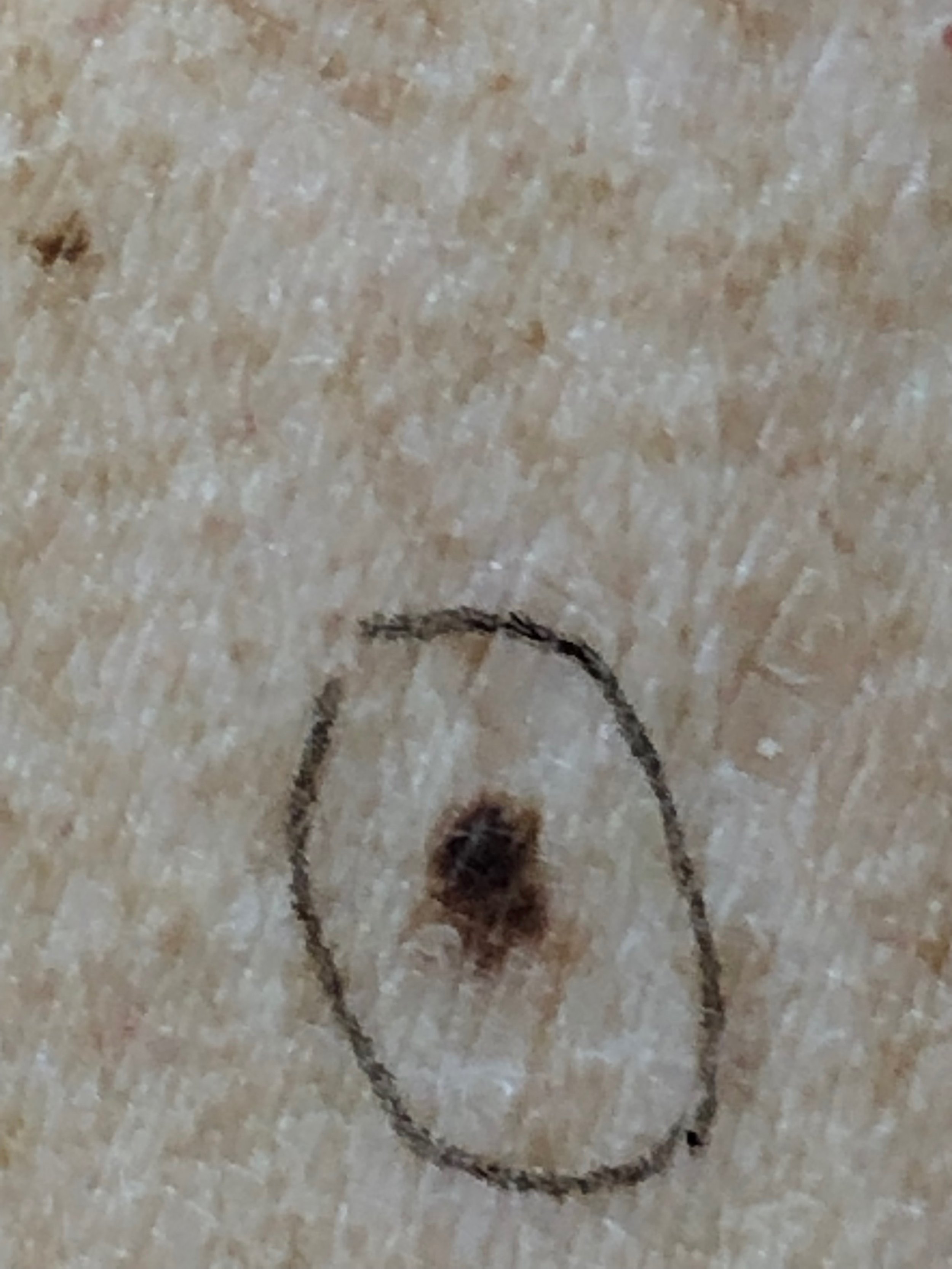An Overview of Skin Cancer
Skin cancer affects millions of people in the United States every year. Statistics show that 1 in 5 Americans will develop skin cancer in their lifetime. Skin cancer most often arises from the outer layer of the skin known as the epidermis. The different skin cancer types are named for the type of cell from which they arise. The most common forms of skin cancer are basal cell carcinoma and squamous cell carcinoma and together they are frequently referred to as non-melanoma skin cancer. Almost 90% of skin cancer diagnosed is the non-melanoma type. They are most often found on sun-exposed areas such as the face, ears, scalp areas without hair, and the neck. A person’s total amount of sunlight exposure, tanning bed use, a prior history of skin cancer, a history of X-Ray therapy, and fair skin with blue eyes are all known risk factors.
Non-melanoma skin cancers arise within the top layer of the skin and spread slowly. Basal cell carcinoma is the most common form and only rarely spreads to other parts of the body (BCC Pic 3.1 and 3.2).
Squamous cell carcinoma can spread to lymph nodes or internal organs if left untreated for a longer period of time (SCC 8.2).
SCC 8.2
Non-melanoma skin cancer will often continue to grow larger and deeper if not treated and can penetrate underlying nerves, muscle, and bone. Early detection matters to reduce both the amount of destruction of normal tissue caused by these non-melanoma skin cancers and the amount of potentially disfiguring surgery required for cure (BCC 7.1, 7.2).
Melanoma is a deadly form of skin cancer that causes 20 deaths each day in the United States. Of all the skin cancers diagnosed, up to 6% of them are melanoma. Melanoma can arise suddenly from the pigment-producing cells in the skin called melanocytes. Melanoma can also arise from a mole (a nest of melanocytes) and they sometimes appear in areas of the body that are difficult to see. It is extremely important to be familiar with your moles and to monitor them for any changes in appearance. Early detection of melanoma is crucial to reduce sickness and death associated with melanoma. If caught early the cure rate is as high as 99%. However, melanoma that goes undetected before spreading to a lymph node results in a drop in the 5-year survival rate to 68%. If melanoma spreads to a distant organ, the 5-year survival rate plummets to 30%. Characteristic early appearances of melanoma are shown in the gallery and links below (MM 1.1, 1.2, 2.1, 2.3, 3.1, 3.2).



